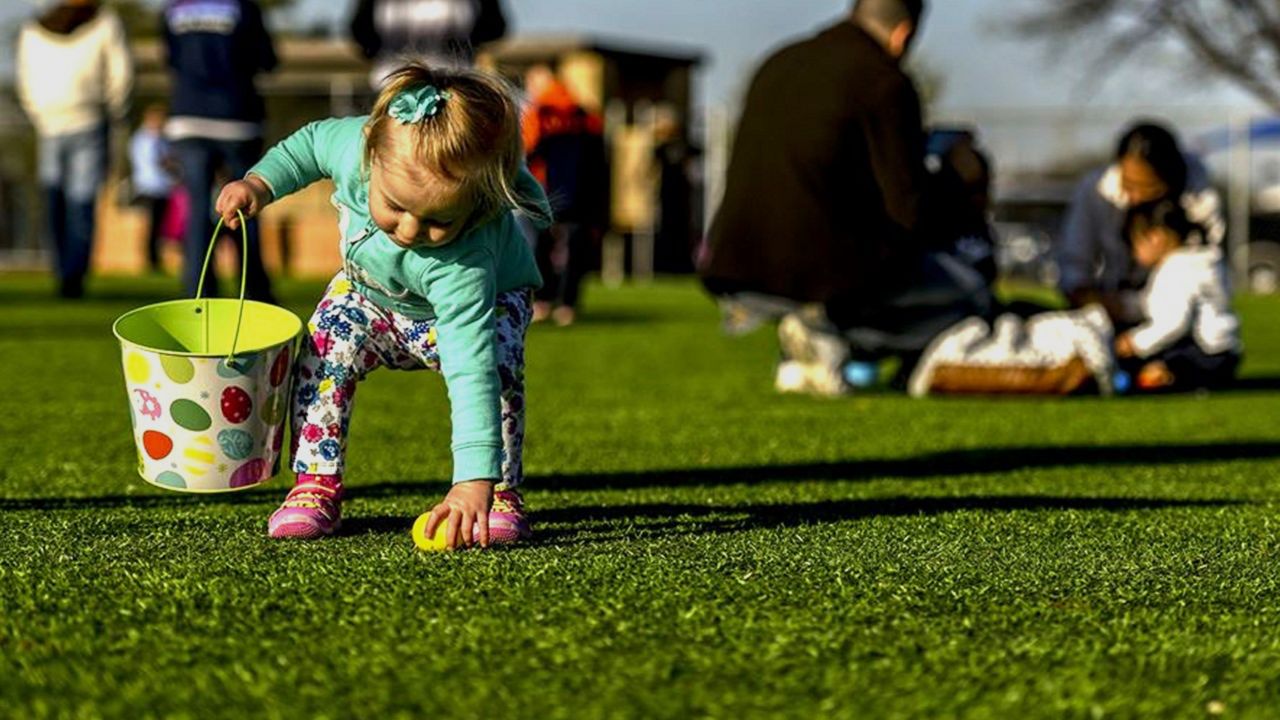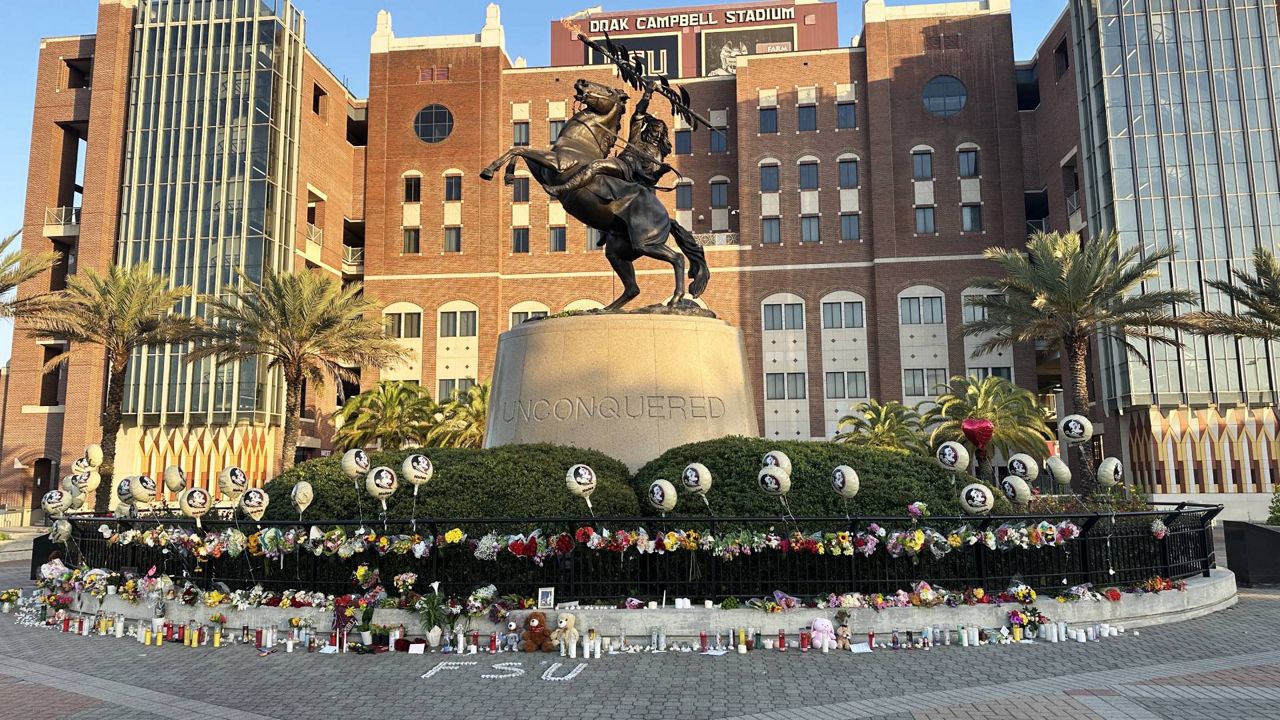CENTRAL FLORIDA — March is Women’s History Month and Central Florida is hosting tons of events highlighting women’s impact locally. In Lake County, “Rosie the Riveter” is educating the next generation of the "can do" attitude.
What You Need To Know
- A "Rosie the Riveter" impersonator is teaching how important women were during World War II
- Experts say the creation of the character was a turning point for the women's rights movement
- While the number of women of color in the workforce is growing, there are still few in leadership positions
- Get more information on the American Rosie the Riveter Association
Rosie the Riveter is an icon for women stepping into the rolls of men who were being shipped off to war. Currently, she is still inspiring women to believe that they, too, can do all.
For Alma Santa Cruz Willis, Rosie is more than an inspiration — she says the character was based off of her aunt.
“I believe she was 19 at the time and a cameraman had taken pictures and had put it in a newspaper," Santa Cruz Willis said. "And the newspaper went all around the United States."
The image inspired many, but for a long time, who it was based on remained a puzzle.
“My aunt went to the Rosie the Riveter convention and the picture was up on the wall big and it had somebody else’s name on it," Santa Cruz Willis said. "She said, 'That’s me, and I have the original picture with my name on it.'"
It was that documentation, as well as a number of letters between Santa Cruz Willis’ mom and aunt that led historians down a rabbit hole of who "Rosie" was actually based off of, and just how important women were during World War II. Now the American Rosie the Riveter Association is keeping the icon alive by teaching the next generation.
Amber Karlins, an assistant professor at Lake-Sumter College, said “Rosie the Riveter” wasn’t just an icon, but a turning point for women — especially when the men came back home from World War II and expected their old jobs back.
“At this point, many of these women now have developed these tremendous skills and they’ve proven their worth in the workplace," Karlins said. "I think that really becomes something tremendously foundational for what ultimately becomes the women’s rights movement."
Karlins said while women have come so far since World War II, the journey to equality is not done.
“It’s really important that we don’t just say, 'OK, we’ve put a woman in the room, job done,'" she said. "It needs to be, 'We have a variety of backgrounds represented, that we have women from Black and brown communities at the table.'"
According to Catalyst.org, women of color will make up a larger percentage of the U.S. labor force over the next decade. However, while the workforce is continuing to grow, the number of women of color in leadership positions remains small.
That’s why members of the American Rosie the Riveter Association continue to tell stories about the women of World War II, so people never forget what they are capable of doing.
For anyone with a "Rosie" in their life, the American Rosie the Riveter Association is looking for more stories to share.








